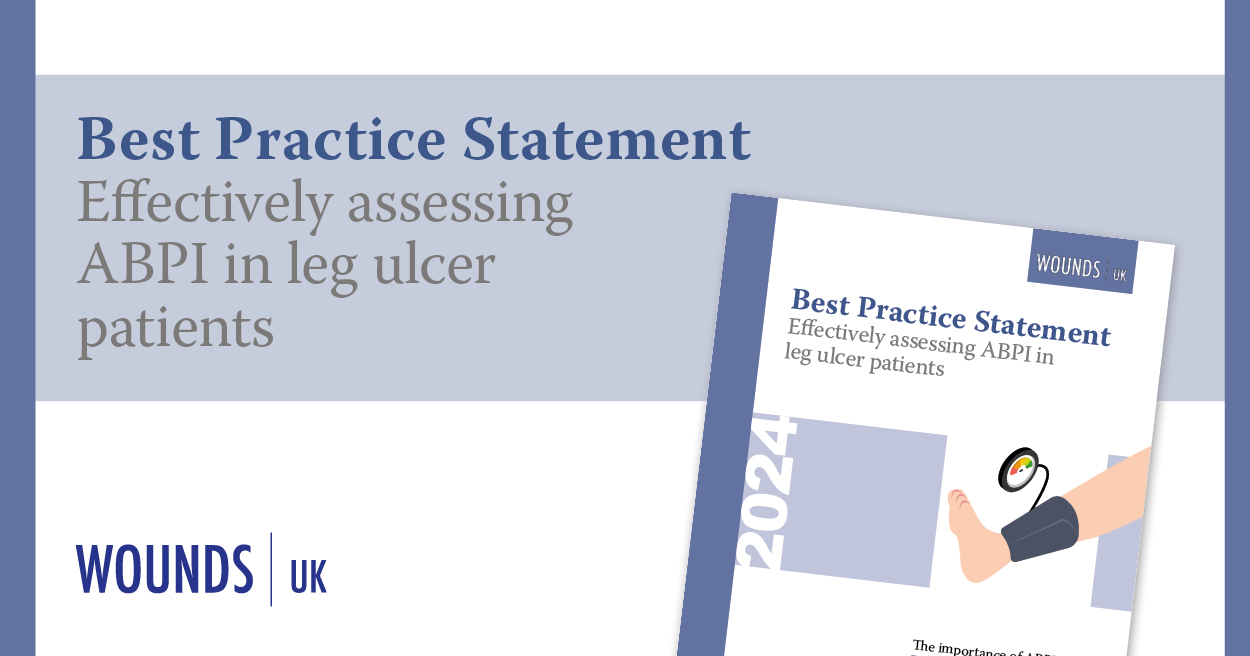Arterial assessment is a fundamental aspect of lower limb ulceration assessment; the most common form of objective arterial assessment is the measurement of ankle brachial pressure index (ABPI). However, research by Gray et al (2018) showed that 40% of people with leg ulcers either had not received an ABPI assessment, or it was unclear whether a recording had been taken. The reasons for lack of ABPI measurement include many factors, such as staff capability, equipment availability, lack of time/service capacity, and complexity of interpretation of results.
The availability of automated ABPI devices has the potential to make ABPI testing more efficient and readily available, improving assessment pathways and patient outcomes. Several clinical studies show strong agreement between automated and Doppler ABPI values in the general population and in people with cardiovascular disease and diabetes (Verberk et al, 2012; Span et al, 2016; Varetto et al, 2019; Hageman et al, 2021; Fendrik et al, 2023). While there is no clinical reason why leg ulcer patients would be different from the general population, there is a lack of documented research around the use of automated ABPI devices in patients with venous leg ulcers (VLUs) and, last year, the National Institute for Health and Care Excellence (NICE) released guidance recommending limitations to the use of automated devices for measuring ABPI in patients with or at risk of VLUs, which have made it more difficult for clinicians to access and use automated ABPI devices in practice (NICE, 2023).
Since the release of the guidance from NICE, there has been a lack of clarity for many hospitals and medical teams on how – and, indeed, if – automated ABPI devices should be used. This has led to variations and inconsistencies in clinical practice: while some clinicians recognise the benefits of automated devices, others have been forced to limit use in practice.
In many cases, significant time has been spent training clinicians on how to use automated ABPI devices, as well as money, as automated devices incur higher initial spending than traditional handheld Doppler machines. In addition, many experienced clinicians feel that the practice of now ‘storing away’ automated ABPI devices may be causing patients more harm because they are not receiving timely and appropriate assessments and treatments, which in turn may lead to patient deterioration.
In January 2024, a group of experts convened for an online meeting to develop this Best Practice Statement to help guide clinicians using automated ABPI devices for patients with VLUs. The aim of this document is to address some of the queries that clinicians have and the challenges they are facing, to help standardise practice and support clinicians to use automated ABPI devices within a safe framework.
Jacqui Fletcher, Chair
Download the full resource below.





